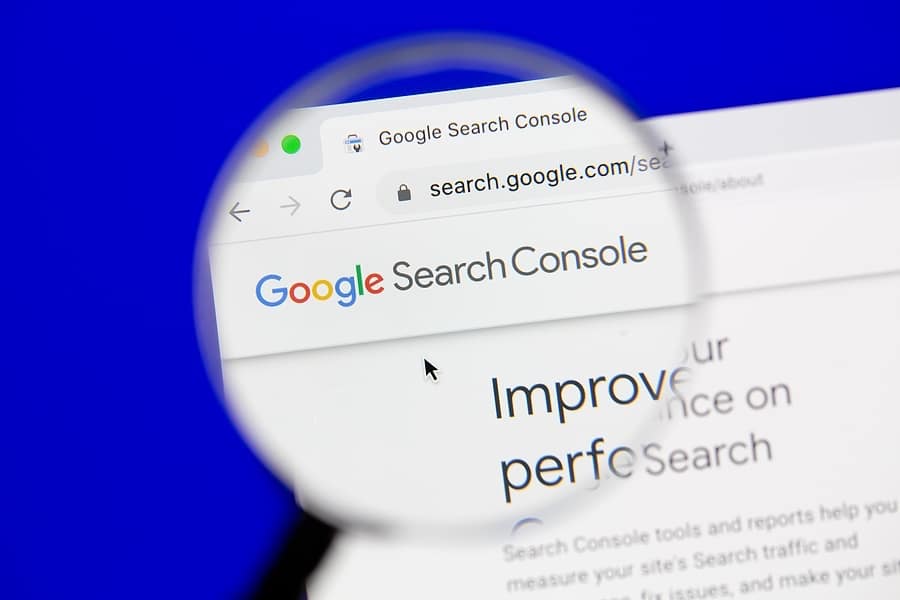If you’re wondering why you haven’t been getting much website traffic, you’re not alone. Google is complex, and there could be several reasons why you aren’t getting the results you want. But, first things first: you should check if your website and each of its pages have been indexed in Google. When a Google crawler analyzes your site and its content, that information is then stored in the Google index. After indexing, your site can then come up in a user’s search results, but only if Google finds the information relevant.
How Can You Check if Your Pages Have Been Indexed?
First, it’s important to understand the difference between crawling and indexing. Crawling occurs when a Google bot analyzes your website with the intent of adding new pages to the search engine. After your site is crawled, Google will then add the pages to its index, as long as it meets the requirements, which we get into later.
Your site needs to be crawled and indexed when it first goes live, but you also want the crawlers to analyze it every time you update the content. After making changes or publishing a blog, you should check that the new content has been added to the index. Here’s how to find out if Google has indexed your pages:
Google Search Console
This is a quick way to check that your pages have been crawled and added to the index. Once logged into your Google Search Console account, simply copy and paste the page’s URL into the search bar at the top. If the page hasn’t been indexed, you’ll get a result that says, “URL is not on Google.” You can then click “Request Indexing” in the bottom righthand corner of that box.
If the page has been added to the index, you will see a green checkmark next to “URL is on Google.” If that’s the case, then you can move onto checking the next page or blog.
Googling Site: URL
A quicker way to check if your site has been indexed is to copy and paste the URL into the Google search bar with “site:” in front of it. If that page comes up in the results, it’s been indexed. If it doesn’t come up, then you know you need to request it for indexing using the Google Search Console. You can check to see if any of your pages haven’t been indexed by entering site: and then your domain name rather than a singular page.
4 Reasons Why Your Pages Aren’t Being Indexed
There are several reasons as to why Google hasn’t crawled your site and added it to the index, but here are some common ones that you can easily fix:
Your site isn’t mobile friendly.
Since Google introduced mobile-first indexing, if your website isn’t made for mobile, Google isn’t going to index it. Even if your pages are all filled with great content, it needs to be optimized for smartphones and tablets.
The site speed is too slow.
If your website isn’t fast enough, Google won’t include your site in the top results for a relevant search. For tips on improving your site speed, check out last month’s blog.
The content isn’t well-written.
If there isn’t much content on your pages, or if the content is poorly written and isn’t informative, Google will recognize that and might not add it to the index or rank it low. Your website text should be enriched with keywords and useful information—if it’s not, Google will choose a better site to rank higher.
You aren’t using a sitemap.
Using an XML Sitemap helps Google crawlers analyze your site faster, which is essential for websites that frequently add new content or make changes to existing pages. Your sitemap is essentially a roadmap that tells Google what pages you want crawled and what the ideal landing pages are.
There are a handful of other reasons why Google may not be crawling and indexing your site. For more information, check out the Search Console Help page on Google.
Ready to hand your website over to the experts? Contact That’s My Idea Marketing to discuss your website needs!

